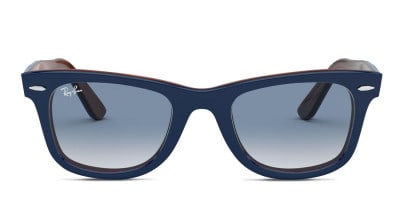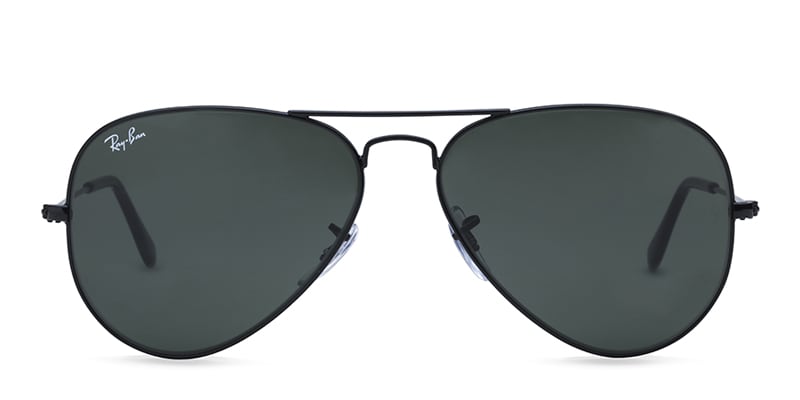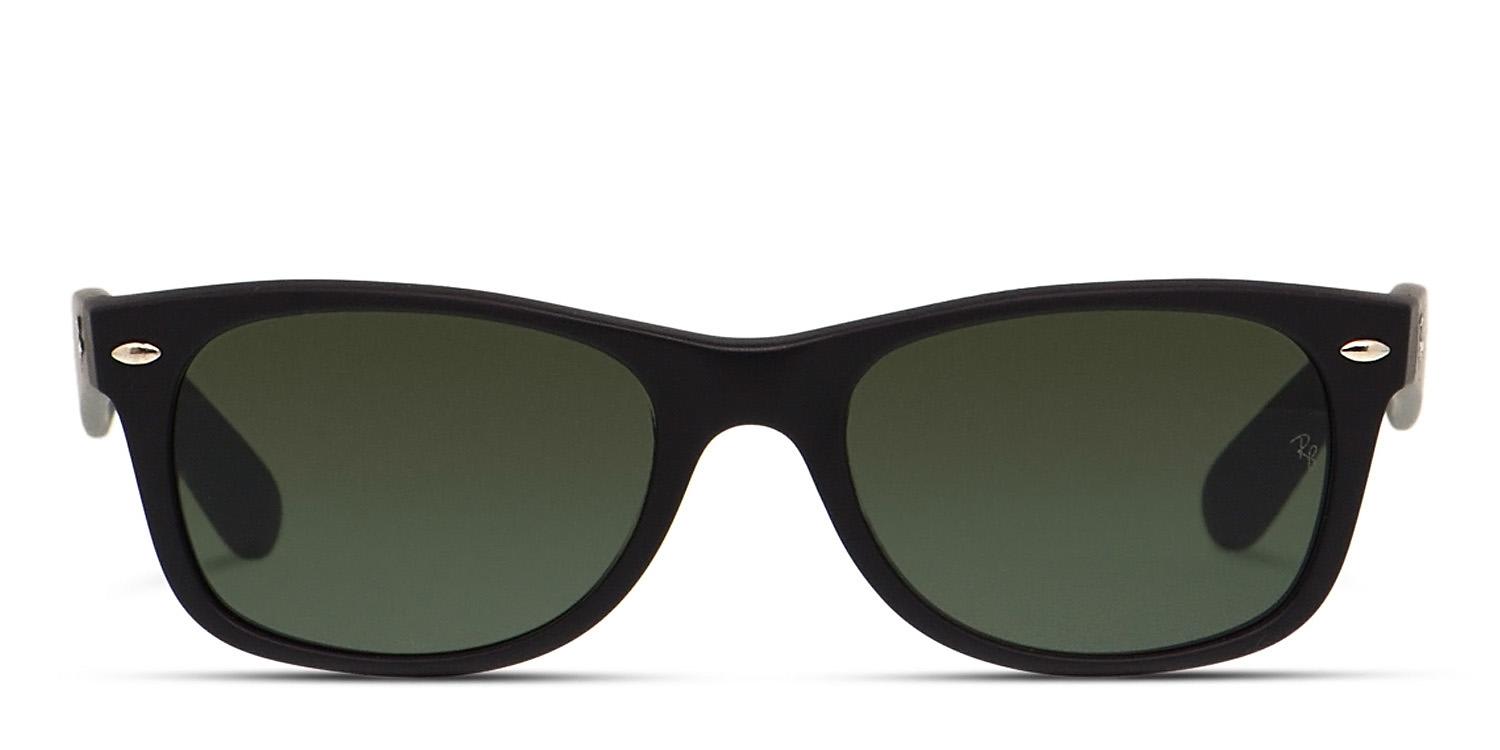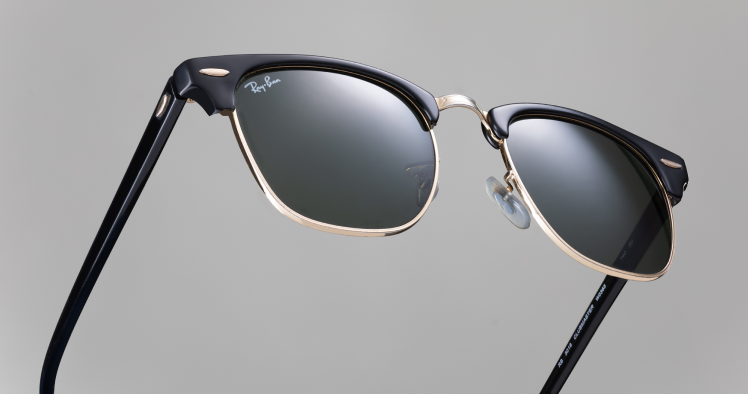UV index & how to protect your eyes
Updated JAN 26, 2023 • 8 min read

Summery in 30 seconds
The sun’s rays are life-giving yet can wreak harm to our skin and eyes. The effects of these rays are cumulative over a lifetime and eye protection should start early in life. To get a better understanding of how to protect our eyes, it is important to learn more about UV rays and the UV index.
What is the UV Index?
The UV index is a standardized measurement indicating the level of risk from unprotected UV radiation. Based on a color-coded scale from 1 – 5, it quantifies the risk of UV exposure. The Index was created by the Environmental Protection Agency.
The UV index is then used by the National Weather Service to send out alerts and information to the media indicating UV exposure risk. Additionally the UV Index app offered on both Android and Apple, updates the UV radiation on a daily basis.
The UV index scale is divided into 5 categories:
- 0 – 2 No danger to the average person
- 3 – 5 Little risk of harm from unprotected sun exposure
- 6 – 7 High risk of harm from unprotected sun exposure
- 8 – 10 Very high risk of harm from unprotected sun exposure
- 11+ Extreme risk of harm from unprotected sun exposure
What is UV Radiation?
The sun transmits a spectrum of particles at different wavelengths or frequencies known as electromagnetic energy. This spectrum of wavelengths range from high energy gamma rays to low energy radio waves. Visible light falls in the middle of these two extremes. UV radiation is a type of electromagnetic energy but not visible to the human eye.
UV radiation is divided into three groups: UVA, UVB and UVC.
- UVC – The very high energy UVC has a band range of 120-280 nm. Fortunately, the Earth’s atmosphere absorbs these short, high energy wavelengths. According to the National Toxicology Program no measurable UVC reaches the Earth’s surface.
- UVB – UVB rays wavelengths range from 280-315 nm have less energy and longer wavelengths than UVC. The Earth’s atmosphere partially filters some of the UVB rays. It is UVB radiation that stimulates pigment cells in our skin to produce melanin creating a suntan. If we are exposed to too much UVB radiation our skin will burn.
- According to an article published by the National Institutes of Health (NIH), over time overexposure leads to wrinkles and aging skin. One beneficial role of UVB is the stimulation of vitamin D production. Vitamin D is involved in the modulation of inflammation in our bodies plus many other roles in the regulation of the immune system, as stated in the NIH article.
In the eyes, the cornea absorbs UVB protecting the deeper structures within the eye. But on the surface of the eye, UVB is associated with growth formation known as pterygium and pinguecula. Intense levels of UVB can be found while skiing especially at high altitudes. This can lead to snow blindness (photokeratitis).
- UVA – Lower energy UVA rays range from 315-400 nm. Unlike UVB, UVA rays will pass through the cornea and lens reaching the light sensitive retina inside the eye. The effects of exposure to UVA are cumulative and can lead to certain types of cataract and are a risk factor for macular degeneration.
What Factors Influence the UV Index?
- Time of day – When the sun is high in the sky there is more UV exposure which is usually between 10am to 2pm. Minimize UV exposure during this time.
- Altitude – There is greater UV exposure at higher altitudes. Put your UV-protecting sunglasses on!
- Latitude – The UV exposure risk increases closer to the equator.
- Environment – Certain environments increase UV exposure including reflective surfaces like snow and ice, the ocean or a lake.
- Medications – Some medications increase your sensitivity to UV including diuretics, tranquilizers, birth control pills and the antibiotics tetracycline and sulfa drugs.
How to Protect Your Eyes from UV Radiation?
The risk of developing eye problems related to UV radiation exposure can increase with outdoor activities. However, it is important to remember that UV radiation can also be generated by artificial sources such as tanning beds and welding machines, not just from the sun.
- It is important to start at an early age protecting the eyes both UVA and UVB. Select sunglass lenses that provide 100% UV or UV400 protection.
- Tinting, the color and darkness of sunglass lenses is unrelated to UV protection. Polarization of lenses does not offer UV protection however; polarized sunglasses can be made to offer protection from UV light.
- Oversized lenses and wraparound style sunglasses offer more protection to your eyes but also to the eyelids and sensitive skin around your eyes. Studies have shown that aging of these tissues and the risk of skin cancer may be reduced with appropriate sunglasses.
- Wearing a large brimmed hat reduce the eye’s exposure to UV by as mush as50%. Wearing quality sunglasses or prescription sunglasses along with a hat offers the best eye protection.
- Stay informed about the UV index in your area through local weather services. Wear the type of UV protecting sunglasses appropriate for the activity.
Wear quality sunglasses, and prescription sunglasses for you and your loved ones to keep everyone seeing well in comfort and style.
Find your frame in
60 seconds.
Need help looking for your perfect
pair? Take our quiz to find the best fit for you.
Take the Quiz


Frequently asked questions.
Q: Does over exposure to sunlight cause any symptoms?
Yes. Over exposure to sunlight may cause a variety of symptoms depending upon how excessive the exposure is. The surface of the eye can get sunburned causing a gritty, sandy feeling to redness, swelling and overt pain. Looking at the sun directly can cause blindness. Welding without proper UV protection will cause pain. Use appropriate UV protection, your comfort and vision depends on it.
Q: Besides quality sunglasses and a large brimmed hat, is there anything else I can do to protect my eyes?
There is. Eat foods with the nutrients lutein and zeaxanthin (L + Z). Lutein is found abundantly in green leafy vegetables, yellow and red bell peppers; zeaxanthin is found in orange bell pepper, paprika and oranges. These critical eye nutrients are transported to the macula and deposited there. The macula is a specialized structure in the retina needed for reading, seeing faces and other daily activities. To protect your eyes, wear quality sunglasses along with foods rich in L+Z.
See what our customers
have to say about us.
Published July 25, 2021|Updated January 26, 2023
SOURCES

 Square
Square
 Aviator
Aviator
 Wayfarer
Wayfarer
 Rectangle
Rectangle
 Cat Eye
Cat Eye
 Round
Round

